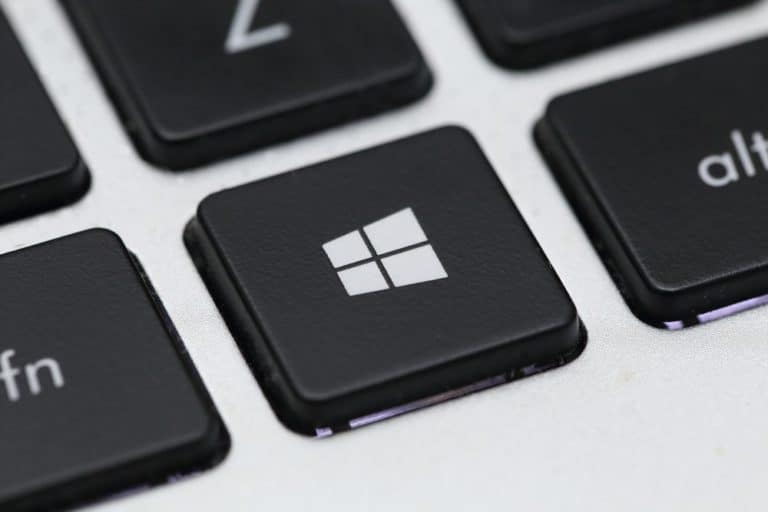A study by Kaspersky shows that SMEs and enterprise organizations often still use Windows 7. Approximately half of the participants in the study indicated that this was the case. Microsoft’s operating system will no longer be supported in a few months’ time.
The study shows that 47 percent of SMEs still use Windows 7. A ray of hope is that none of the companies researched by Kaspersky still uses Windows XP or Vista, for which support has not been available for years. However, 0.4 percent still use Windows 8, which has not been updated since January 2016.
Windows 8.1 is still in use by 5 percent of the organizations. In January 2018 the mainstream support of this version was stopped, but the extensive support (including security updates) will only end in 2023. Windows 10 is currently used by 47 percent of organizations.
Consumers and small businesses
Kaspersky has also investigated consumers and the smallest companies. Here, the use of older Windows versions is a little smaller. About 7 percent of the smallest companies still use XP, Vista 8 or 8.1. Windows 7 is used by 38 percent of consumers and small businesses. Even if this proportion is slightly smaller, Kaspersky believes that the use of obsolete systems remains a problem.
“The statistics show that a significant proportion of users, both individuals and businesses, still use workstations that are outdated or that are approaching the end of the life cycle of an OS,” says Alexey Pankratov of Kaspersky. “The widespread use of Windows 7 is worrying because there are less than six months to go until this version is no longer supported. The reasons for the delay in upgrading the OS vary. This may be due to software that cannot run on the latest OS versions, or for financial reasons. Even the ease of routine use of the same operating system can play a role.”
This news article was automatically translated from Dutch to give Techzine.eu a head start. All news articles after September 1, 2019 are written in native English and NOT translated. All our background stories are written in native English as well. For more information read our launch article.